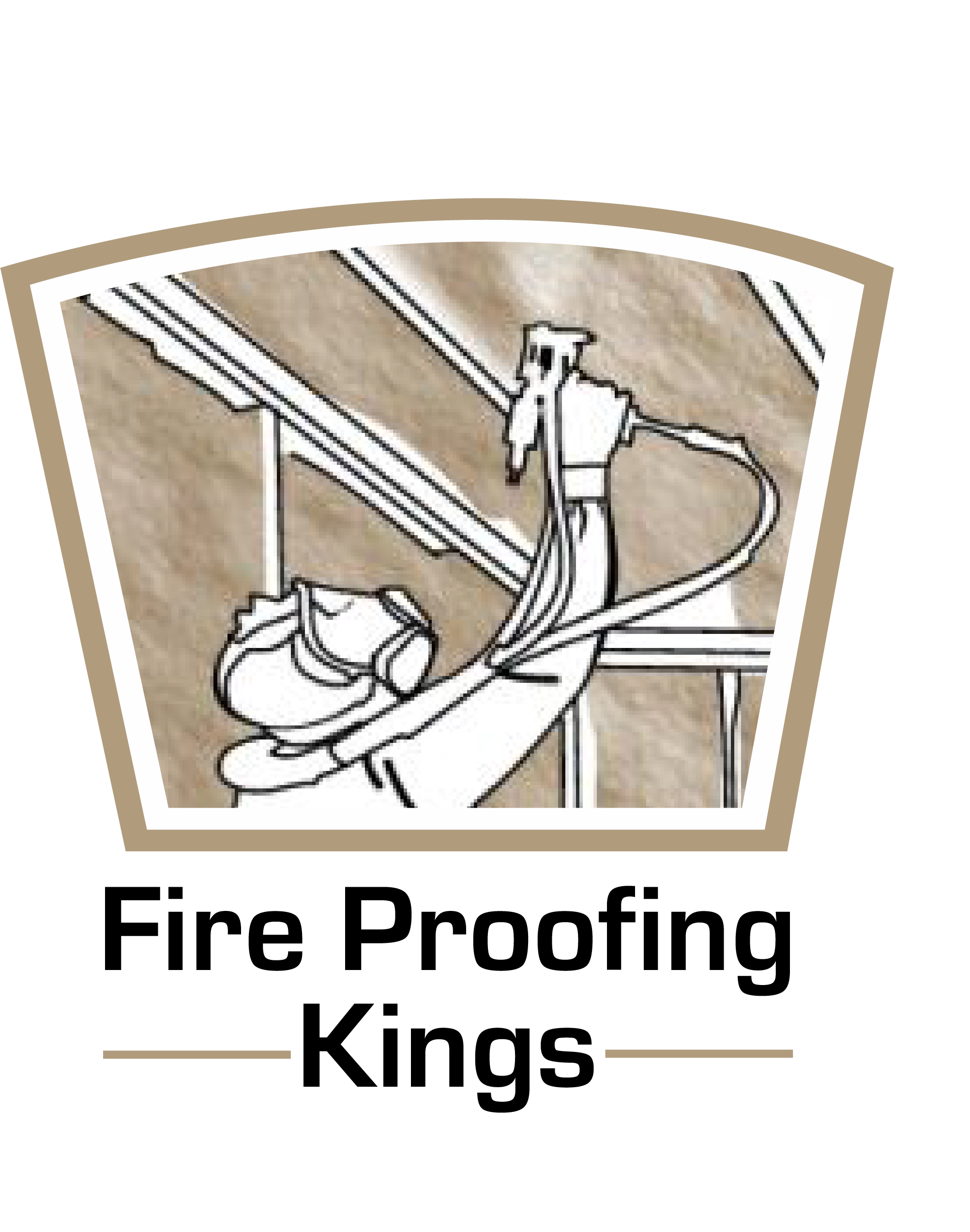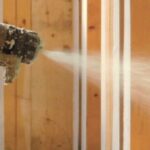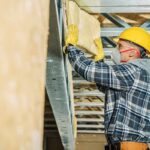What Really Happens Without Crawl Space Insulation?
A crawl space is out of sight, so it’s often out of mind. But what happens underneath the floor doesn’t stay there. It slowly moves upward—into the air, the walls, and the budget.
Skipping insulation in that area isn’t just about comfort. It affects health, structure, energy use, and resale value. Here’s a closer look at what really happens when there’s no proper barrier under the home.
Floors Turn into Temperature Traps
Bare crawl spaces become air tunnels. They pull in outside air and push it up through the floor. No insulation means the flooring becomes a direct path for cold or heat.
In winter, feet feel frozen even when the room is warm. In summer, cool air escapes downward and heat seeps upward. The HVAC struggles to keep up.
Over time, this leads to uneven heating zones. One room stays cold, another stays stuffy. Adjusting the thermostat doesn’t solve the root problem. Comfort drops, and energy use rises.
Energy Systems Get Overworked
Every degree of lost or gained heat in a crawl space gets transferred through conduction. That means the heating and cooling system keeps running even when it shouldn’t need to.
It cycles more often. It burns more power. It wears down faster.
Energy audits often find a large portion of total energy loss tied to uninsulated crawl areas. It’s one of the most preventable leaks in the envelope of the home.
Over months and years, the added utility costs can far exceed the price of a proper barrier.
Moisture Moves Without Permission
The ground beneath a house always holds moisture—even in dry regions. When there’s no insulation to block vapour transfer, moisture drifts upward.
Humidity levels rise in the crawl space first. That excess water vapour then hits wood, metal, and insulation in the subfloor. The result? Condensation, rot, rust, and mould.
It doesn’t stop at the floor. Moisture spreads into joists, wall cavities, and eventually the main living space. That can lead to swollen baseboards, peeling paint, and mildew smells that seem to come from nowhere.
Mould Doesn’t Need Much to Grow
Just 55% relative humidity is enough to allow mould spores to activate. And crawl spaces often hit 70% or higher if left open and untreated.
Spores take hold in dark corners. They grow on floor joists, ductwork, and even insulation batts that may already be present but poorly installed.
From there, spores enter the air circulation system. That affects indoor air quality more than most people realize.
What starts as a tiny patch beneath the floor can become a full-scale health risk over time.
Wood Structure Weakens Quietly
Moisture isn’t just bad for air—it’s bad for wood.
Floor joists, sill plates, and subfloor panels can absorb vapour over time. Once the moisture content in wood hits 19%, fungal decay begins. The wood softens. Nails start pulling away. Floors begin to sag.
These issues don’t happen overnight. But when they show, the repairs are never simple—or cheap.
Structural problems caused by unchecked crawl space conditions are often found too late, when floors dip or walls crack.
Pests Find a Gateway
Rodents don’t need an invitation. Termites don’t either. Neither do carpenter ants or spiders.
A warm, moist, and dark crawl space becomes a perfect shelter. Rodents chew through wires and insulation. Insects bring decay. Termites find exposed wood with no treated barrier.
Without insulation, the crawl space acts like an open door. Once pests move in, they spread. They climb inside walls. They nest in ductwork. They leave behind waste, allergens, and risk.
And since crawl spaces often go unchecked, these invaders stay hidden for months or even years.
Smells Drift Upward
Air follows pressure. Crawl spaces are at the bottom of that pressure chain. The stack effect pushes air from low to high. That means every odour below is carried above.
Soil gases. mould. Animal waste. Old wood. They all mix in the crawl space and rise into bedrooms and kitchens.
That musty smell? It’s not just age. It’s often crawl space air.
Without insulation or a vapour barrier, there’s nothing to trap those gases. They circulate freely, mixing with the air people breathe every day.
Air Quality Drops Across the Whole Home
Up to half of the air inside a house can originate from below it. The crawl space acts like a second set of lungs for the home.
When there’s moisture, mould, dust, and decay underfoot, all of it gets drawn into the breathing space above.
Poor air quality doesn’t just trigger allergies. It can impact sleep, concentration, and long-term respiratory health. It especially affects young children and older adults, who are more sensitive to airborne irritants.
All of it starts with what’s allowed to build up underneath.
Resale Inspections Get Awkward
Buyers might not look in crawl spaces, but inspectors always do. If the area smells musty, feels damp, or shows signs of rot, that’s a red flag.
It slows deals. It lowers offers. Some buyers walk away completely.
Even homes that look fine upstairs can lose value fast if the underside is ignored. It becomes a negotiation point—or worse, a reason for loan rejections or insurance complications.
It’s a Problem That Grows, Not Stays Still
A neglected crawl space doesn’t stay at the same level of damage. It spreads.
Moisture invites mould. mould weakens wood. Weak wood opens space for pests. Pests bring decay and odour. odour affects air. Air affects health.
And throughout that cycle, utility bills rise, comfort falls, and maintenance costs climb.
That’s the real cost of skipping crawl space insulation installation—one issue leading to the next, until fixing it takes more than just effort.
Why Fire Proofing Kings Does It Right?
At Fire Proofing Kings, we treat crawl spaces like the foundation of home health. We don’t just throw down material and call it a day.
We inspect. We seal. We solve the core problems—not just the signs.
Our team uses proven methods, quality materials, and real experience to make sure homes breathe cleaner, stay stronger, and cost less to run.
Let us take a look at your crawl space. We’ll help stop the spread before it starts. Better air, fewer pests, and lower bills all start below the floor—and that’s where we get to work.



